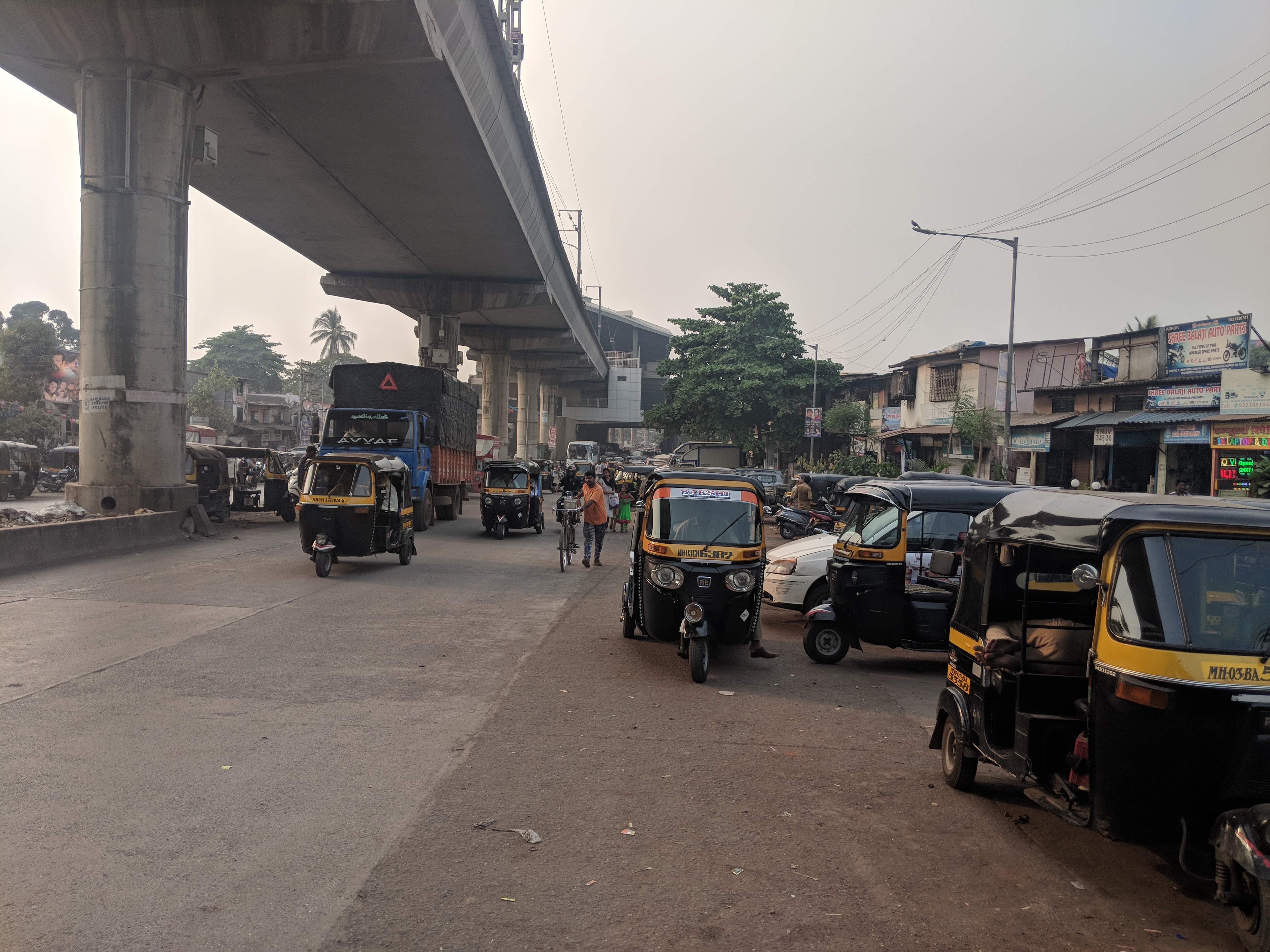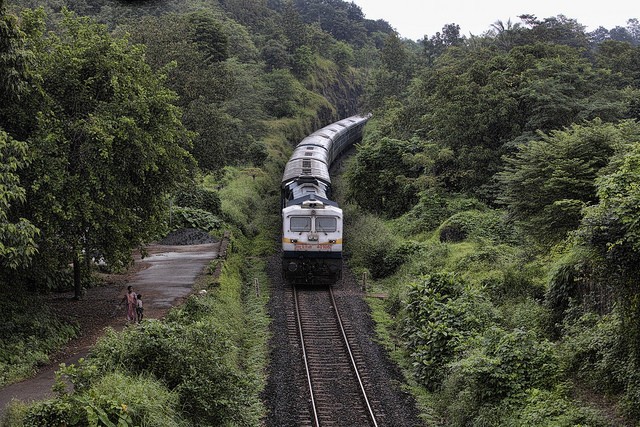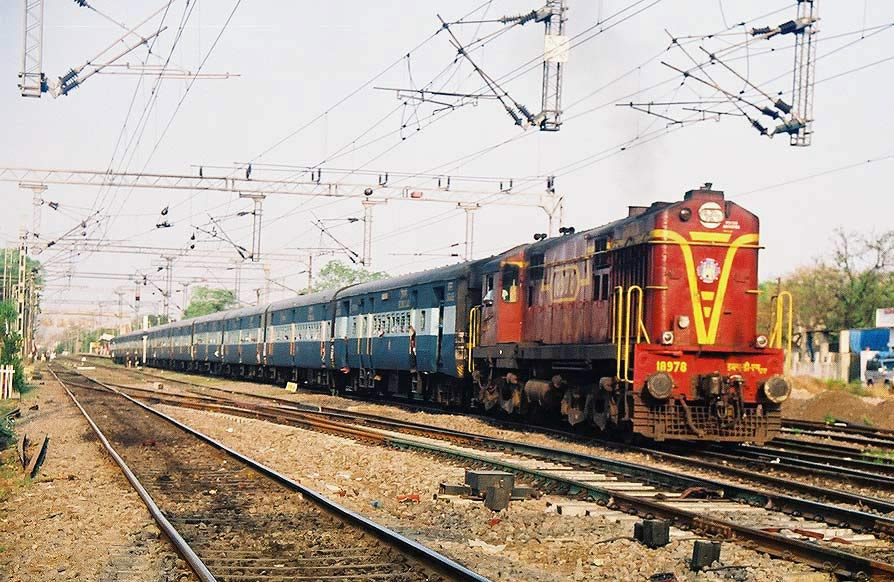The road to the city
The road to the city
The UN has played an influential global role in shaping governance and civic action. By highlighting issues, providing variables for social audits, suggesting pathways for governmental and non-governmental organizations, it has produced a massive amount of literature and policy frameworks. This knowledge is very much a result of the conjoined efforts of universities, UN offices, activists and government think-tanks which reflect diverse approaches, ideological frameworks and concerns.
Within the realm of urban practice the UN Habitat in particular has shaped perspectives related to housing and urbanization, that have now become commonplace, especially from the 1990’s onwards. The megacity, the slum, the urban poor, the informal sector are concepts that intensified to become powerful tools to think and work with. In some ways, they balanced the older concerns of rural development which dominated the 60s and 70’s.
Indian policy also reflected these shifting trajectories. During the decades after independence, the village was the prime focus of government and civic action. For India this had a double emphasis, thanks to a Gandhian influence particularly on the development sector. According to urban commentators India virtually ignored the city or gave urban governance a relatively low priority – notwithstanding the occasional grand gesture for a Chandigarh.
In fact the lag in prioritising urban issues is still seen blameworthy, when showing up the poor quality of our cities. It was only post-liberalisation that urban policies started getting some attention. However, these quickly converged with policies that saw a shift away from social development goals. While urban poverty came under the spotlight and housing became an abstracted goal in itself, urban policies saw a greater role of privatisation and withdrawal of welfare schemes. These tendencies were reflected globally and the UN Habitat stock of knowledge and practices also responded to and shaped them in their own way.
An understanding of urbanisation in purely demographic terms began to dominate and indeed still dominates policies. This is supported by a wide range of diverse players, from real-estate developers to housing activists, from architects and urban planners to governments.
It is as if the desire to urbanize has become a goal in itself. In the race between China and India, for example, the state of China’s cities and its higher urban demographic are seen to be indicators of its forward position.
That is why the release of UN-Habitat’s latest policy document (published in August 2017) comes as a pleasant surprise. While it continues to aim towards a better "urban future", it does this through a vision of “Urban-Rural Linkages”, and calling for implementing a new urban agenda – which is about “strengthening” these connections.
However, it still speaks from the point of view of governance and guidelines, rather than seeing these linkages as part of existing and very real dynamics between villages and cities in many parts of the world - from Africa to Latin America, from the Indian subcontinent to China. While it rightly highlights the need for more mobility, rural urbanization, regional and territorial planning, food security systems – it does not do adequate justice to demonstrate how these are already parts of strategies that people practice by default.
A closer grounds-eye view of countries such as India would reveal how its highly mobile urban-rural workforce – which can move from Orissa to Kerala and back seasonally, thanks to its cheap and affordable railway network - is already doing many things which the report recommends. Like providing homegrown food, social security systems and access to homeownership for example. These have been useful in the massive slowdown post demonetization and GST that hit small industries and informal trade particularly hard.
The UN report unwittingly highlights India's supposed weakness – a slow response to hyper-urban policies – into its greatest potential. Perhaps the government can be smarter and pay greater attention to its own smart village policy (like the well meaning but not fully thought through Shyam Prasad Mukherjee’s Rurban mission) by fine-tuning it into the latest goals recommended by the UN habitat – which if seen carefully already gives high marks to India.
This article was published in The Hindu Sunday Magazine on 5/11/2017
Click below to download the UN-Habitat report Implementing the new Urban Agenda by strengthening Urban-Rural Linkages
https://unhabitat.org/books/implementing-the-new-urban-agenda-by-strengthening-urban-rural-linkages/
"This publication on Urban-Rural Linkages reaffirms that the discourse on urbanization must depart from the traditional and outdated dichotomy of urban and rural; in order for urban and rural areas to be sustainable they must develop in tandem, inequalities must be reduced and the development gap bridged. Urban and rural spaces are inextricably linked economically, socially and environmentally and cannot be adequately dealt with in isolation from one another. Recognizing this urban-rural continuum also highlights how partnerships, collaboration and unity in action can yield dividends for all people, regardless of age, gender or whether they live in urban or rural areas."










